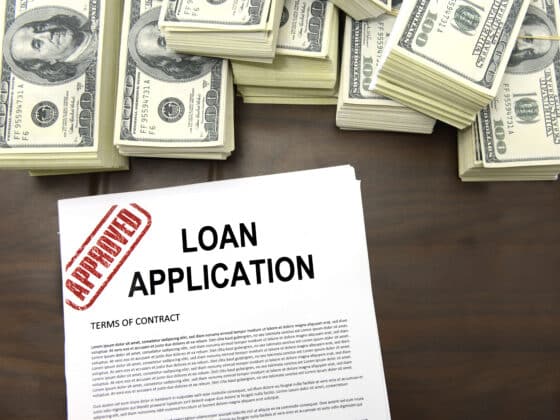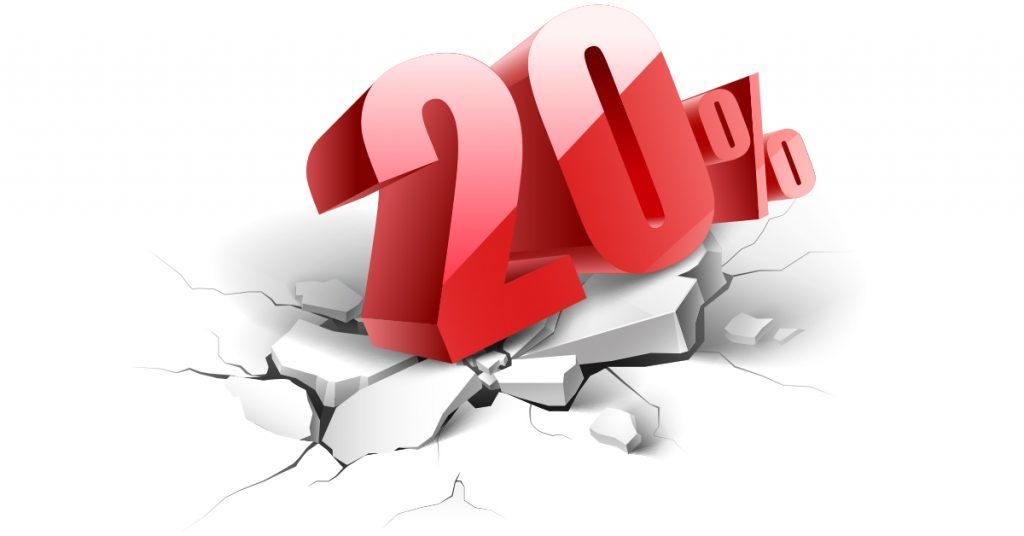Is a 20% Down Payment on a Home Necessary?
Buying a home is a big part of your life. It is likely the single largest investment you will make. It is also going to be something you are paying for over the course of many years of your life. So, before you even get started on your house hunting search, is it even necessary to put any money down? Can you just go in, take out a big loan and move in when you are ready? In short, no, some form of down payment is required, but the bigger you can go, the better.
Down Payment Considerations
For simple math, we will say that you are looking at a house that costs $200,000. This is a nice round number that makes it a bit easier to explain what a down payment will do for you and what you should consider when you start looking at how much you want to put down up front. Your lender or bank is taking a big risk on giving you a loan, so a down payment is a form of insurance that is going to make it more likely that you do not default. This is why a higher down payment is generally asked for.
How Much Should Be Put Down
So the root of the question is how much you actually need to put down when taking out a loan. In all honesty, 20% is a good percentage to go with, but that may not be realistic for many buyers. So let us look at the different amounts and the benefits and drawbacks of smaller down payments. If you put down a small amount, say 3%, which is generally the lowest a lender will accept, you will need to also pay for PMI, or private mortgage insurance. This is called an annual premium, but you will be paying it monthly. So, you put down $6,000 towards your loan, but your PMI will be calculated and often cost somewhere around $150 or more. If you put down 20% on the other hand, you won’t need to pay a PMI, so your payment will go towards your monthly premium and interest.
Again, if 20% is too much, try to get as close as possible. A 10% down payment or $20,000 will give you a monthly PMI of under $70. While it is not ideal to have any PMI, as it is essentially wasted money, in the long run, reducing it as much as possible is your best option if you can’t hit the 20% down payment. There are a few other considerations that can come into play, such as FHA insurance. This insurance is paid to the federal government and requires you to pay an upfront premium as well as monthly premiums. Finally, a lower down payment will often cause the lender to charge you fees at closing. If you can’t pay the fees, they may increase the interest rate. So ultimately, the best bet is to pay the 20% down payment where possible. If you can’t, just understand that you are going to be throwing money at your loan that ultimately let you get into a house earlier than you would have otherwise. It is something to consider and there is no right answer, but a 20% down payment is probably your best bet in the long run.
Contact a MiLEND mortgage expert today to discuss the available options you have when making your down payment.

Your Ultimate Winter Home Preparation Guide
Read more...



